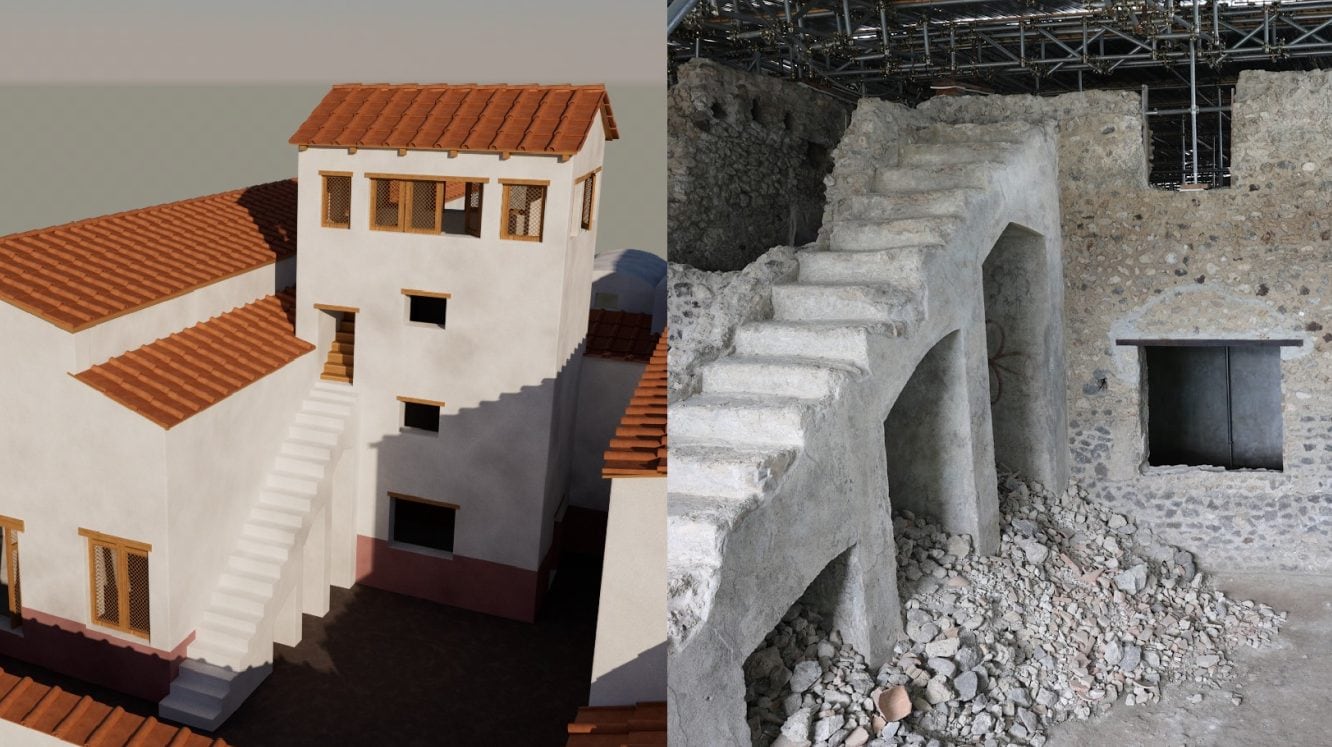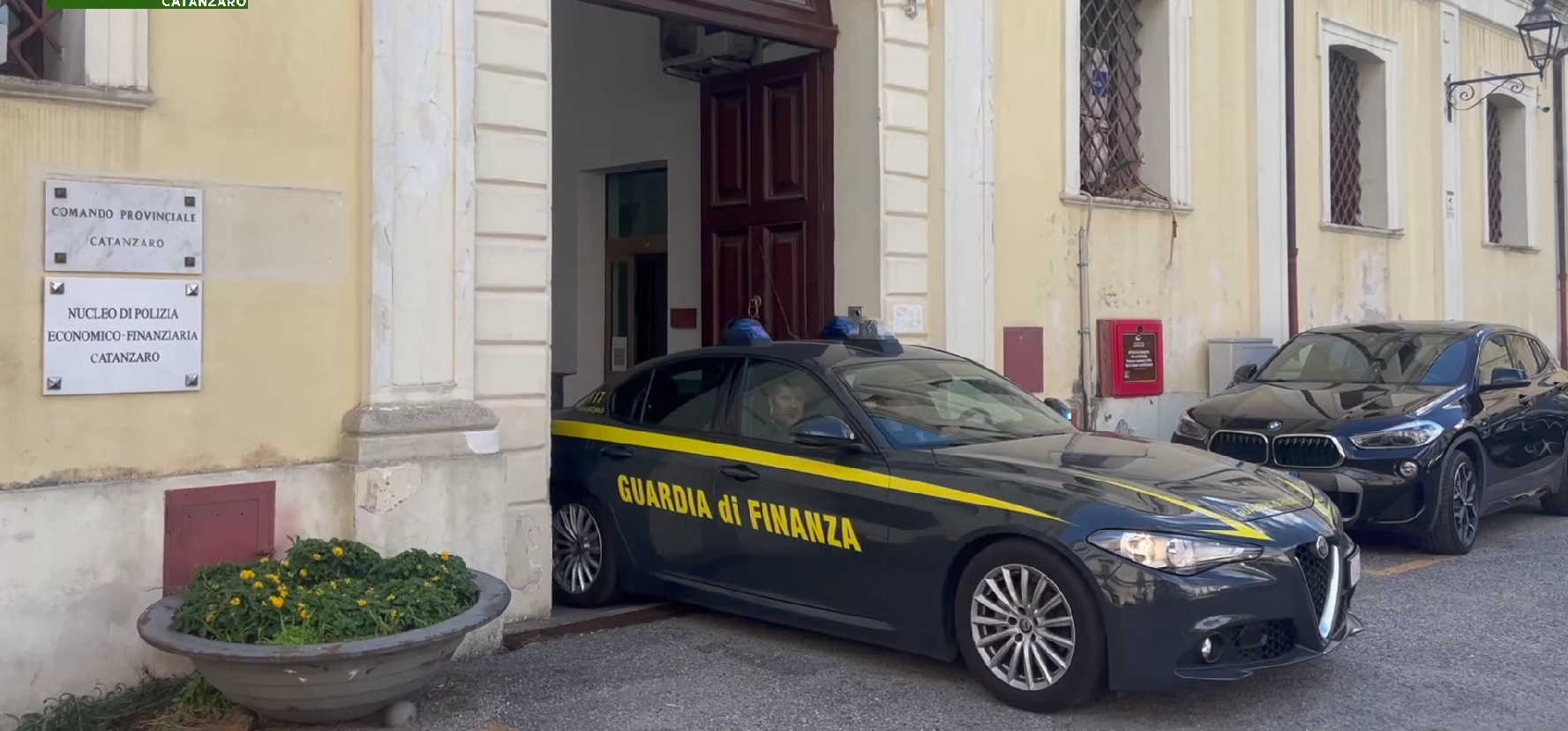
Archaeological research at the ancient Roman city of Pompei has revealed new evidence suggesting elite residents constructed private towers as symbols of power and wealth before the city's destruction in 79 AD. A collaborative study between the Pompei Archaeological Park and Berlin's Humboldt University proposes that prominent citizens built tower-topped domus, challenging previous assumptions about the city's architectural landscape. The research focuses particularly on the Casa del Tiaso, where a monumental staircase appears to lead nowhere, potentially providing access to a now-lost tower structure.
The study, led by Pompei Archaeological Park Director Gabriel Zuchtriegel and Professor Susanne Muth of Humboldt University's Department of Classical Archaeology, forms part of the broader POMPEII RESET project. This digital archaeology initiative aims to reconstruct both preserved and missing structures through 3D modeling, offering new insights into the complete architectural forms that characterized ancient Pompei. The research represents a shift from traditional excavation methods toward non-invasive digital reconstruction techniques that can visualize elements lost to time and volcanic destruction.
Evidence for the tower hypothesis stems from the analysis of the Casa del Tiaso's unusual architectural features, particularly the monumental staircase that seems to terminate without reaching any apparent destination. Researchers suggest this staircase may have provided access to a tower that would have offered commanding views over Pompei and the surrounding Gulf. Such structures would have served both practical and symbolic purposes, allowing elite residents to survey their domain while demonstrating their social status through vertical architectural elements that dominated the city's skyline.
The discovery places Pompei within a broader architectural tradition that would later become prominent in medieval Italian cities like Bologna and Ferrara. While not reaching the scale of later medieval towers, these Pompei structures represent early examples of vertical architecture as status symbols. The research also draws connections to literary and artistic evidence from the Roman period, including references to towers in Pompeiian wall paintings and historical accounts of similar structures in other Roman contexts, suggesting tower construction was an established practice among the Roman elite.

Torino president Urbano Cairo has confirmed that striker Giovanni Simeone is effectively already a permanent signing for the club, revealing that the Argentine's loan deal includes an "easily triggered" mandatory purchase clause. Speaking on Rai Radio 1's Radio Anch'io Sport program, Cairo...

Angelina Jolie made a striking appearance at the Festa del Cinema di Roma, walking the red carpet for the premiere of her new film 'Couture,' which she both stars in and co-produces. The actress chose a dramatic black backless gown that showcased her extensive back tattoos, including a...

Italian financial police in Catanzaro have executed a definitive confiscation order for assets valued at over €1.6 million from an individual connected to the Accorinti crime clan of Briatico. The seizure includes a land parcel with an overlying building and ownership shares in a local...

Sigfrido Ranucci, the prominent journalist and host of the investigative program Report, has returned to television following a bombing incident on October 17th near his residence in Pomezia. During an appearance on Monica Maggioni's program "In mezz'ora," Ranucci announced the upcoming...

Rimini has achieved a historic milestone by entering the top ten of Italy's most environmentally sustainable cities for the first time, securing eighth place in the 32nd edition of the Urban Ecosystem report by Legambiente and Ambiente Italia, published by Il Sole 24 Ore. The Romagna capital...